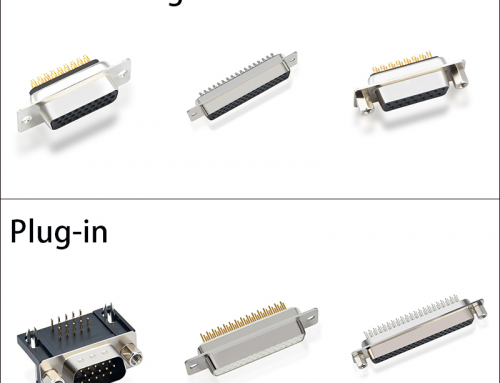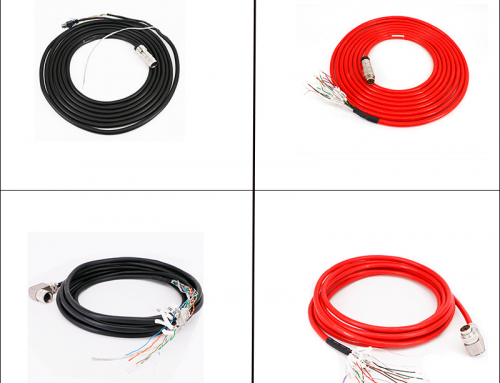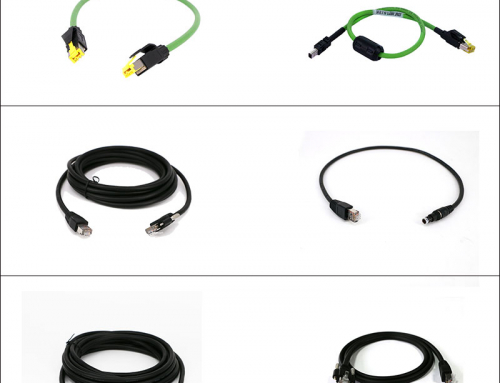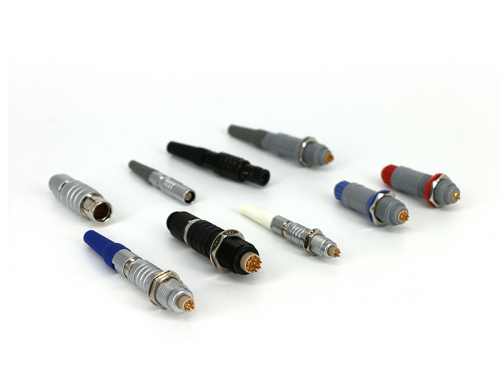What is SCSI?
What is SCSI ?The earliest SCSI specification appeared in the 1980s as a hard disk interface.There have been numerous revisions of the standard that have increased the number of possible connections,and boosted cable length and data transfer rates.

Choosing most suitable for your drivers storage environment,you need know what is SCSI and how choose your storage environment in SATA, SAS and SCSI?
The difference between the SATA ,SAS and SCSI
Learn the key differences between the SATA,SAS and SCSI technologies in terms of performance so you can decide which types of drives is the better one .
- SATA is a new method of transferring data between the drive and the motherboard that uses a high-speed serial bus instead of a lower-speed parallel one. You would think that the bus width by eight would make it slower, but the speed of the bus is increased by more than eight times.
- SAS allows each device to use the full bandwidth,because there’s no split into multiple devices in a chain.So what’s the maximum number of per chain devices? Goodbye to the old 15-device limitation; SAS maximum 128 direct, point-to-point connections.
- SCSI-1 specification lack of standards,which could support only eight devices per host adapter, and the host adapter itself took one of those, that means you were limited to seven devices per adapter.
- SCSI-2 improved the data transmission rate and supported new types of devices.By introducing the SCSI-2 came Wide SCSI,which supported up to 15 devices in a SCSI cable.
- SCSI-3 increased the data transmission rate and cable lengths. SCSI-3 includes various SCSI-3 categories such as Fast-20, Fast-40 and so on, which refer to the clock speed (in MHz) of the bus.
- The key attribute of SCSI for most of its history is that it has been overcome the development of the SATA and SAS.






